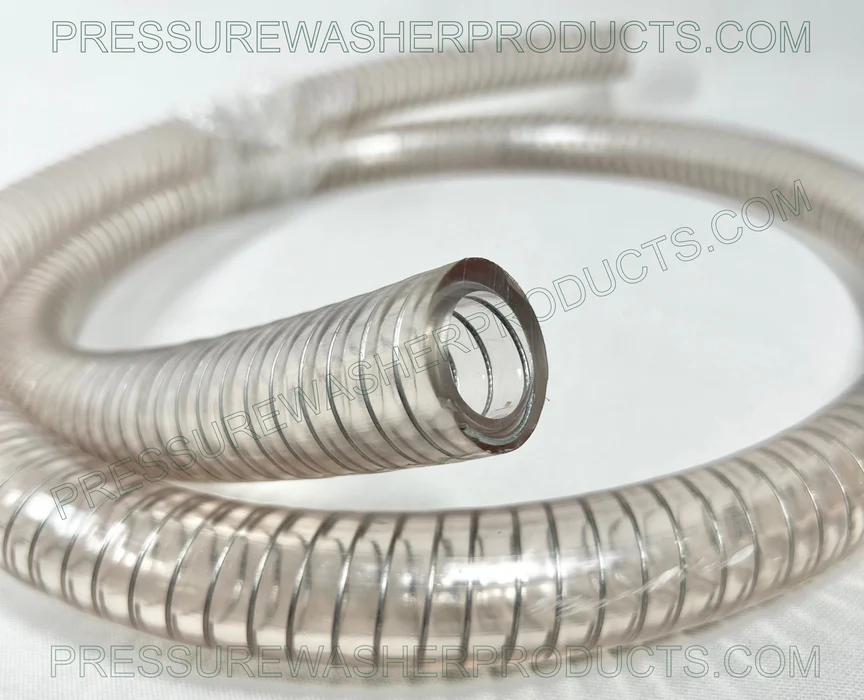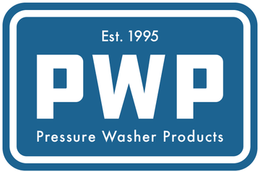
3/4" ID Heavy Wall Polywire Non-Collapsible Suction Supply Hose Sold Per Foot
3/4" ID extra heavy wall polywire non-collapsible reinforced supply / suction hose for low and high pressure pumps sold per continuous foot (12")
• Inlet line size should be adequate to avoid starving the pump.
• Line size must be a minimum of one size larger than the pump inlet fitting. Avoid tees, 90-degree elbows or valves in the inlet line of the pump to reduce the risk of flow restriction and cavitation.
• The line must be a flexible hose, not a rigid pipe, and reinforced on suction systems to avoid collapsing.
• The simpler the inlet plumbing the less the potential for problems. Keep the length to a minimum, the number of elbows and joints to a minimum (ideally no elbows) and the inlet accessories to a minimum.
• Use pipe sealant to assure air-tight, positive sealing pipe joints
Condition: New
SKU: AGC12*



